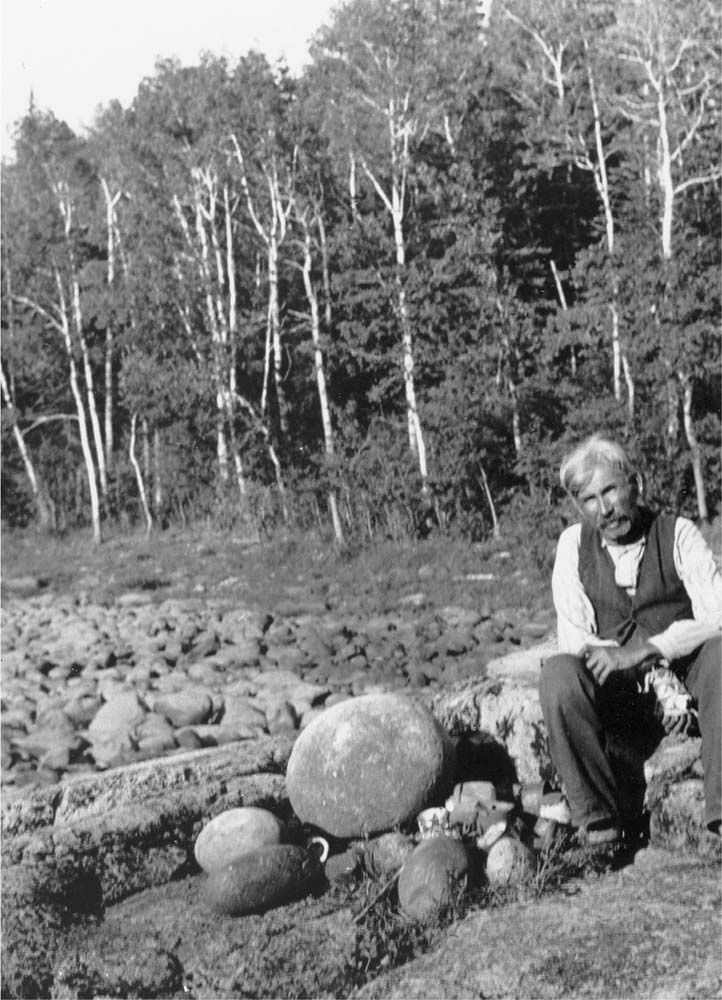phy. In that sense, the reproduction of these three slips ironically resonates, if on a different scale, with the world tour of the mask of Tutankhamen. It refers, if not to the magic silence of a relic, at least to the ghostly parergonal quality of what French language calls a reliquat.
Hollier argues that Barthes' reproduced cards are not only completely divorced from their original context and use, but that they are reproduced for the sheen of reality and artistic fashion they convey to the reader. So much thought, value, and culture is lost in the worship of these items in this setting compared to their original context.
This is closely linked to the same sort of context collapse highlighted by the photo of Chief William Berens seated beside the living stones of his elders in Tim Ingold's Why Anthropology Matters. There we only appreciate the sense of antiquity, curiosity, and exoticness of an elder of a culture that is not ours. These rocks, by very direct analogy, are the index cards of the zettelkasten of an oral culture.
 Chief William Berens seated beside the living stones of his elders; a picture taken by A. Irving Hallowell in 1930, between Grand Rapids and Pikangikum, Ontario, Canada. (American Philosophical Society)
Chief William Berens seated beside the living stones of his elders; a picture taken by A. Irving Hallowell in 1930, between Grand Rapids and Pikangikum, Ontario, Canada. (American Philosophical Society)
 Chief William Berens seated beside the living stones of his elders; a picture taken by A. Irving Hallowell in 1930, between Grand Rapids and Pikangikum, Ontario, Canada. (American Philosophical Society)
Chief William Berens seated beside the living stones of his elders; a picture taken by A. Irving Hallowell in 1930, between Grand Rapids and Pikangikum, Ontario, Canada. (American Philosophical Society)